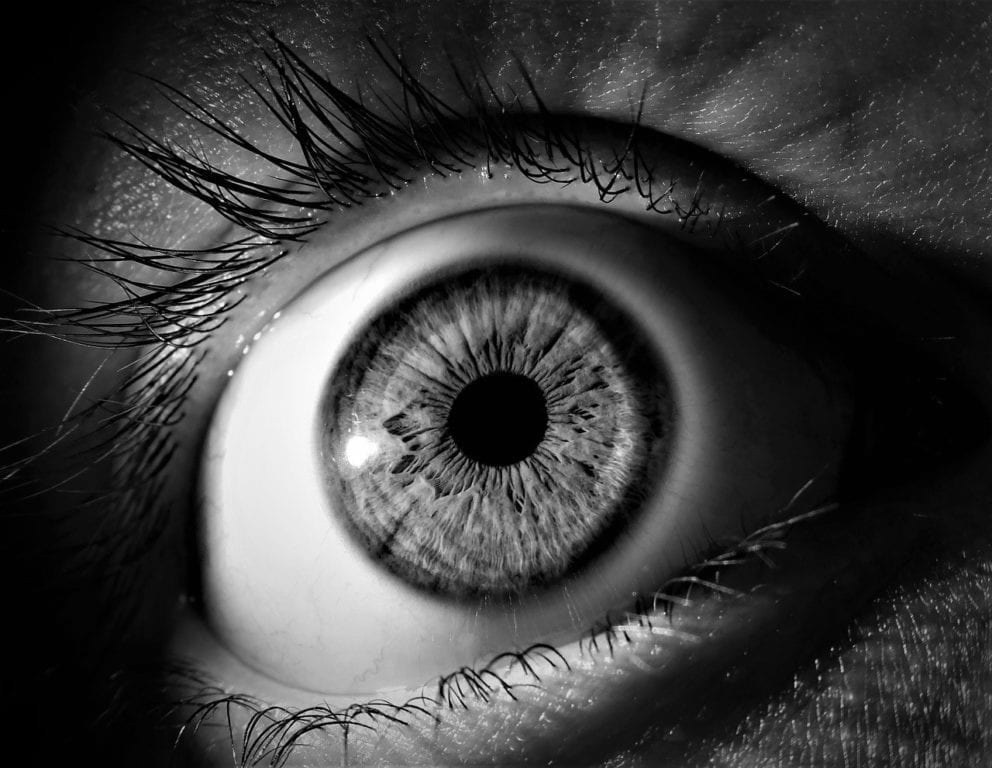According to a story from Biotech 365, the biotechnology company Viela Bio announced the publication of critical results from a recent study that tested the company’s investigational drug inebilizumab as a treatment for neuromyelitis optica spectrum disorder (NMOSD). The results of the study appear to be mostly positive, and the drug was able to fulfill the study’s primary endpoint and most of the secondary endpoints as well.
About Neuromyelitis Optica
Neuromyelitis optica spectrum disorders (NMOSD) is a term meant to include both neuromyelitis optica patients and those that lack the APQ4 auto antibody but still present similarly otherwise. This disorder is also known as Devic’s disease. It is characterized by inflammation of the optic nerve and spinal cord along with destruction of the myelin sheath, an insulating, protective layer surrounding nerve cells. It is considered an autoimmune disease in which the immune system mistakenly begins attacking parts of the body. It is frequently associated with other diseases, such as viral infection and antiMOG associated encephalomyelitis, the latter of which can be a direct cause in some cases. Symptoms include blindness, urinary incontinence, spastic paralysis of the legs and arms, reduced sensation, and overall muscle weakness. Symptoms can be treated, but many patients are left with a degree of impairment. To learn more about neuromyelitis optica, click here.
Study Results
The research was the largest placebo-controlled study of neuromyelitis optica and included a total of 231 patients. The study was considered a phase 2/3 clinical trial. The study was first published in the scientific journal The Lancet. The results of the study were impressive as inebilizumab was able to reduce the risk of symptom episodes by as much as 77 percent compared to placebo. This was in patients that carried the APQ4 auto antibody, but even when those that did not were included, the risk was reduced by 73 percent. The drug also reduced the cumulative number of active lesions detected with MRI and the frequency of disease related hospitalizations.
Inebilizumab earned Orphan Drug designation from the European Medicines Agency (EMA) in 2017 and more recently earned the same status as well as Breakthrough Therapy designation from the US Food and Drug Administration (FDA).
Overall, these encouraging results bode well for the future of both neuromyelitis optica patients and inebilizumab.






